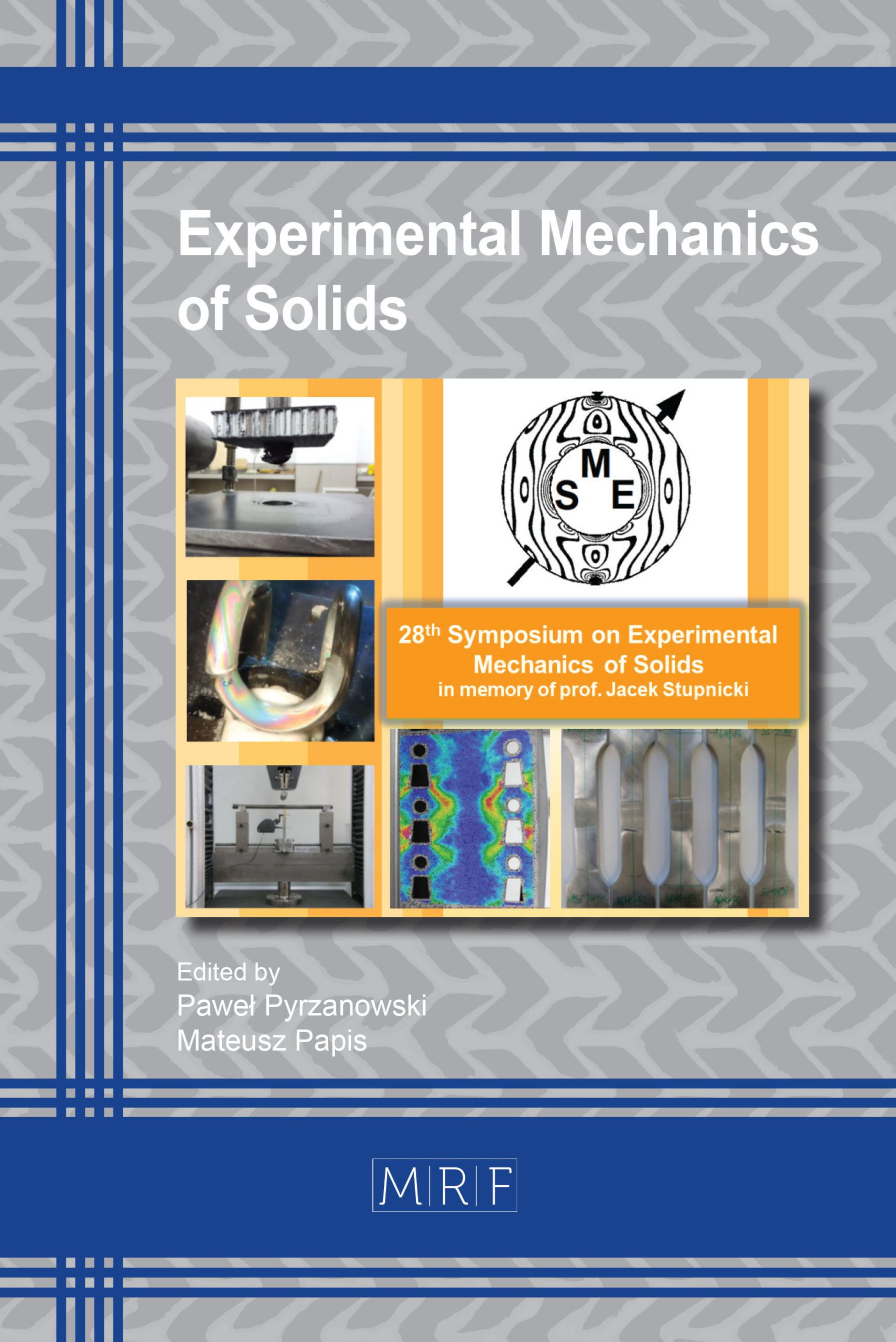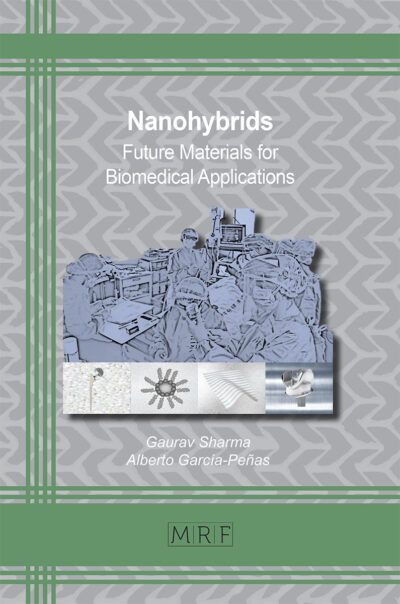Mechanical Properties Investigation of Composite Sandwich Panel and Validation of FEM Analysis
Szymon Jakubiak, Filip Ćwikła, Witold Rządkowski
download PDFAbstract. Composite sandwich structures allows for significant mass reduction compared with traditional steel frames used in Formula Student bolides. However, in order to reach a full potential of composite monocoque chassis and ensure safety of the driver, it is required to perform physical tests of sandwich structure and its elements, supported with FEM analysis. Mechanical properties of sandwich panel are affected by a variety of factors, including but not limited to, manufacturing technique and curing conditions. Therefore, series of experiments were performed to determine in-plane tensile, compressive and shear properties of skin material fabricated in conditions related to those projected for monocoque. The acquired data was compared with expected results and used in further FEM analysis. Apart from uniaxial tensile tests, the whole sandwich structure, was tested in 3-point bending and “punch through” strength. A FEM model of each test was created in order to validate a data from more complex simulations.
Keywords
Composites, Carbon Fibers, Epoxy Resin, Tensile Test, Aluminum Honeycomb Sandwich
Published online 5/25/2019, 8 pages
Copyright © 2019 by the author(s)
Published under license by Materials Research Forum LLC., Millersville PA, USA
Citation: Szymon Jakubiak, Filip Ćwikła, Witold Rządkowski, Mechanical Properties Investigation of Composite Sandwich Panel and Validation of FEM Analysis, Materials Research Proceedings, Vol. 12, pp 1-8, 2019
DOI: https://doi.org/10.21741/9781644900215-1
The article was published as article 1 of the book Experimental Mechanics of Solids
![]() Content from this work may be used under the terms of the Creative Commons Attribution 3.0 licence. Any further distribution of this work must maintain attribution to the author(s) and the title of the work, journal citation and DOI.
Content from this work may be used under the terms of the Creative Commons Attribution 3.0 licence. Any further distribution of this work must maintain attribution to the author(s) and the title of the work, journal citation and DOI.
References
[1] J.M.F de Paiva, S. Mayer, M.C. Rezende, Comparison of tensile strength of different carbon fabric reinforced epoxy composites, Mat. Res. vol.9 no.1 São Carlos Jan./Mar. 2006. https://doi.org/10.1590/s1516-14392006000100016
[2] H. Rahmani, S.H.M. Najafi, S.S. Matin, A. Ashori, Mechanical Properties of Carbon Fiber/Epoxy Composites: Effects of Number of Plies, Fiber Contents, and Angle-Ply Layers, Polymer Engineering and Science 54(11) November 2014. https://doi.org/10.1002/pen.23820
[3] G. Sun, X. Huo, D. Chen, Q. Li, Experimental and numerical study on honeycomb sandwich panels under bending and in-panel compression, Materials & Design vol.133, 5 Nov. 2017, pp. 154-168. https://doi.org/10.1016/j.matdes.2017.07.057
[4] D. Ruan, G. Lu, Y.C. Wong, Quasi-static indentation tests on aluminium foam sandwich panels, Composite Structures, 92, (2010), 2039–2046. https://doi.org/10.1016/j.compstruct.2009.11.014
[5] Chen, C., Harte, A.-M., and Fleck, N. A., 2000, The Plastic Collapse of Sandwich Beams With a Metallic Foam Core, Int. J. Mech. Sci., 43, pp. 1483–1506. https://doi.org/10.1016/s0020-7403(00)00069-2
[6] H. Bart-Smith, J. W. Hutchinson, A. G. Evans, , Measurement and Analysis of the Structural Performance of Cellular Metal Sandwich Construction, Int. J. Mech. Sci., 43, pp. 1945–1963. (2011). https://doi.org/10.1016/s0020-7403(00)00070-9
[7] Formula SAE Rules 2019 v2.1, SAE International, pp. 36-37. (2018)
[8] ASTM D3039, Standard Test Method for Tensile Properties of Polymer Matrix Composite Materials, American Society for Testing Materials.

































